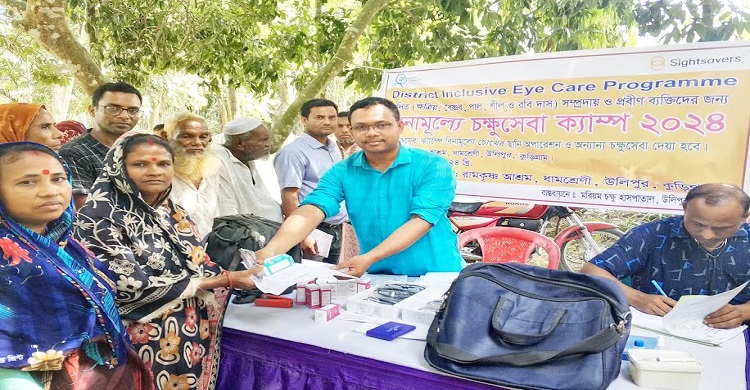
- Health
What are polyps in the nose from long-term allergies? what treatment
- Health
- 03 January, 2023 14:34:11
News Desk: Among the diseases of the nose, polyps are more complicated. People with polyps have a variety of symptoms, including shortness of breath. Headaches, pain sometimes. They have to suffer a lot from a slight cold and cough.
There are some chambers (sinuses) around the nose. The high bone just below the eye contains the maxillary sinuses, the small space between the nose and the eye contains several ethmoid sinuses. The frontal sinus is located in the front of the forehead. Behind the eye is the sphenoid sinus. The lining of these sinuses sometimes swells and takes the shape of a bunch of grapes. This is what we call a polyp in medical terms.
Polyps usually arise from the ethmoid sinus. Sometimes polyps can develop from the maxillary sinuses as well. We often see fungal infections in the nose.
Fungal infections of the nose can affect both sides of the nose and in this case multiple sinus polyps. These polyps are initially inside the sinuses.
At some point it grows from the sinuses into the nose and then we can see the polyps inside the nose with the naked eye. They often look like bunches of white grapes.
Impulse Hospital's nose, ear and throat disease specialist and surgeon professor Dr. Zaheer Al-Amin.
The cause of nasal polyps is still being researched. Generally speaking, nasal allergy is one of the causes. This allergy can be caused by dust or smoke allergy inside the nose.
Many people think that chronic infection inside the nose can also cause this allergy. Some patients develop polyps in both noses and many sinuses from allergies to fungal infections inside the nose.
Many people think that polyps are often formed due to inconsistency or instability of blood vessels inside the nose.
Note, nose allergy which we call allergic rhinitis, throat allergy which we call allergic pharyngitis and lung allergy which we call asthma. One of these is related to the other. 17 to 19 percent of patients with nasal allergies also have asthma.
55 to 70 percent of patients with asthma also have nasal allergies. In particular, nasal allergies and lung allergies (asthma) influence each other. If nasal allergies are not properly controlled, asthma can sometimes worsen or asthma can be difficult to treat. If such lung allergy or asthma is not treated properly, its adverse effects fall on the nose.
treatment
The first treatment for all such patients is to avoid dust, smoke and cold. If the disease is caught in the early stages, it can go away if the nasal steroid spray is used.
If the polyp completely or partially blocks the nose, medicine usually does not want to work. In such cases, there is no alternative but to remove the polyp through surgery. There are several types of surgery for nasal polyps. We can gently remove the polyp. It is usually possible to remove some of the inner part of the nose.
We can better remove polyps unconsciously. It is also not possible to completely remove the membrane from which the polyps are formed inside the sinuses. The latest and most advanced treatment for polyps in the modern age is to completely remove the polyps from the root, i.e. the lining of the sinus where the polyp originates, through an endoscope. Using an endoscope, we can very precisely remove the polyp from its origin, and it is possible to penetrate any sinus, no matter how far from the nose, to completely remove the polyp.
In modern medical system, there is no alternative surgery except to remove the polyp with the help of endoscope. When polyps are completely removed from their source, new polyps usually do not occur. In the old method of polyp surgery, part of the polyp remained inside the sinus and the polyp grew back very quickly. Since the polyp does not completely disappear, the problems caused by the polyp are usually not resolved at all.
In addition to common polyps, some severe infections, tumors, cancer and other complex problems in the nose can appear in the form of polyps. If the polyp or polyp symptoms do not disappear completely with medical treatment, a biopsy should be taken from the polyp to see if it is actually a polyp or some other problem.
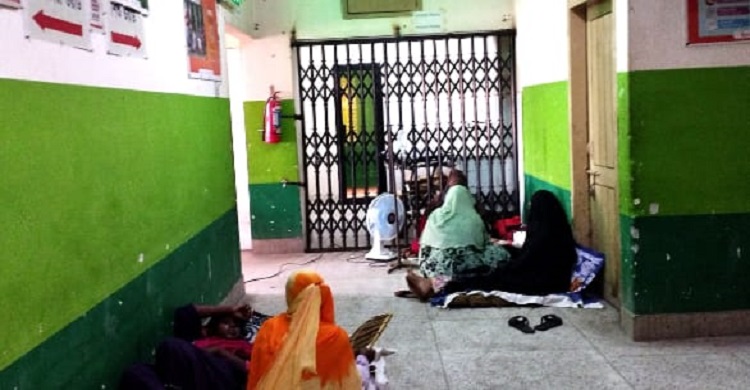
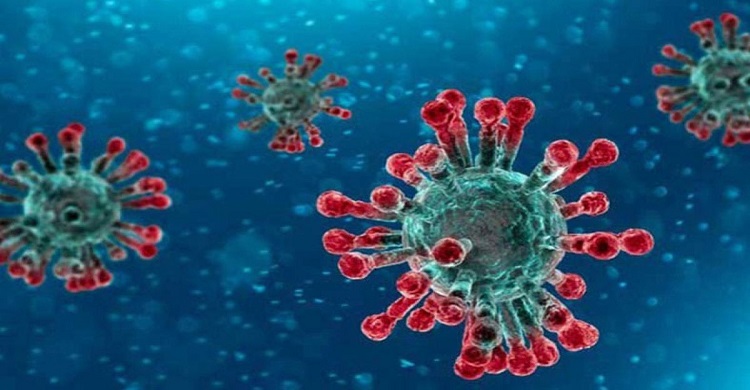
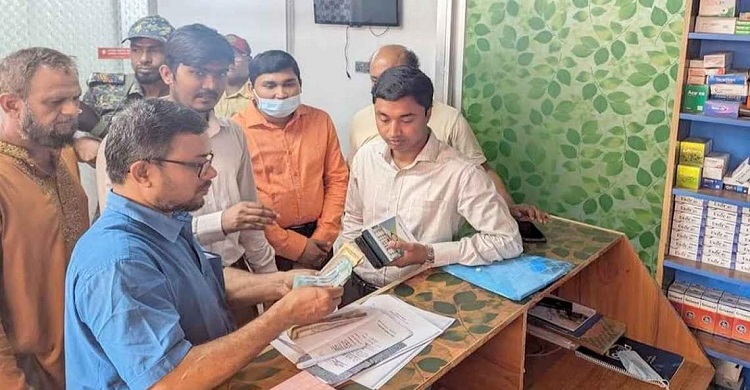
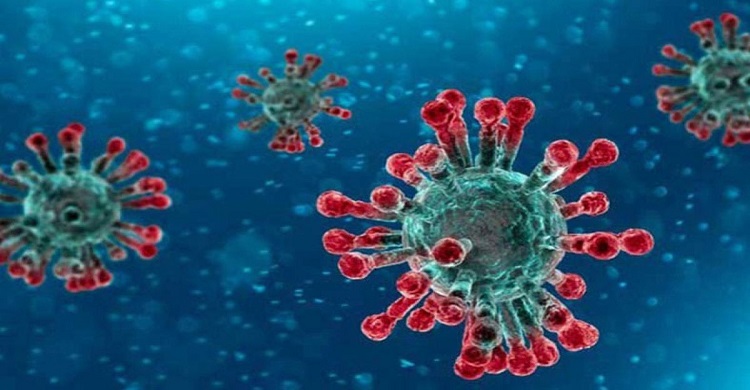
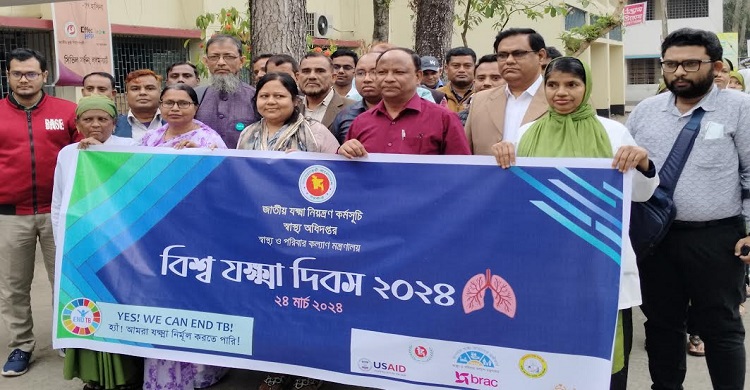
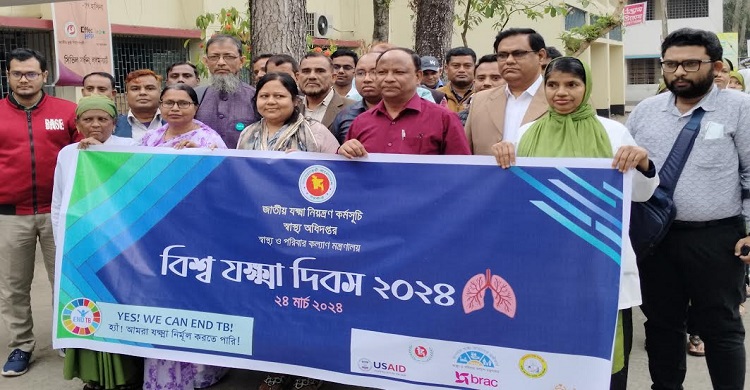
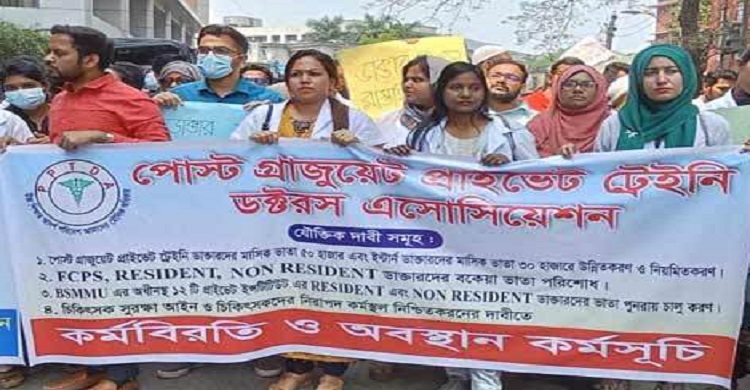
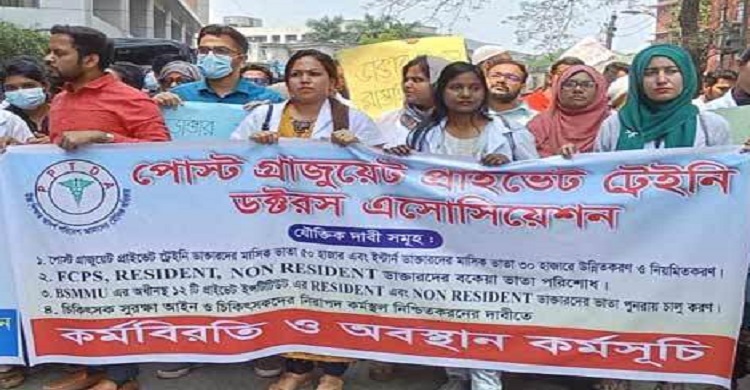
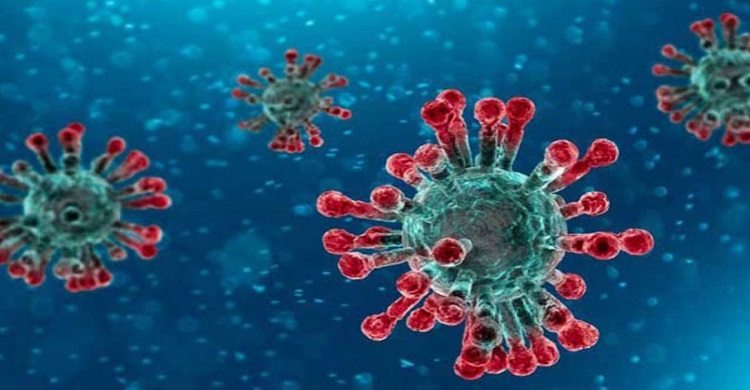
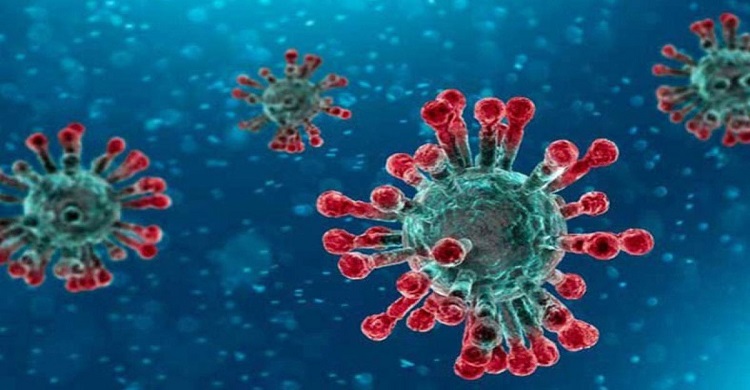
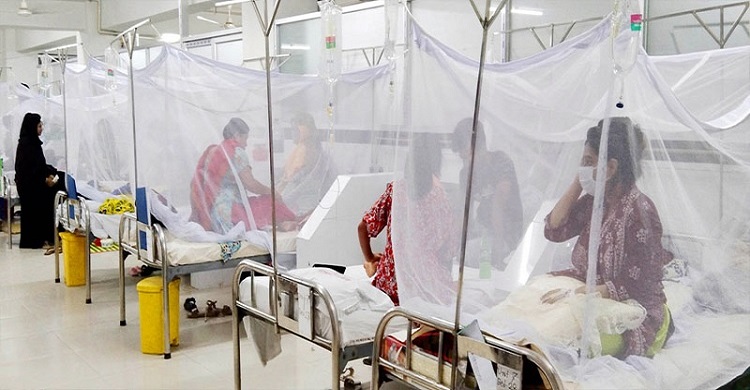
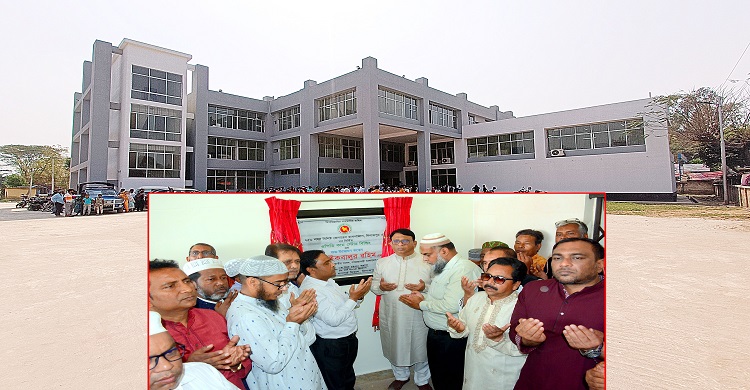


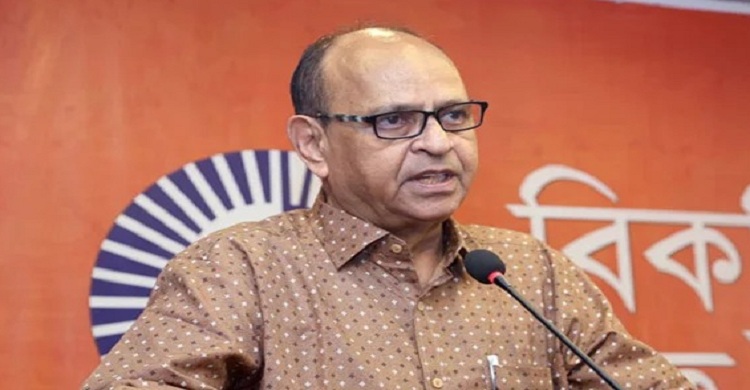
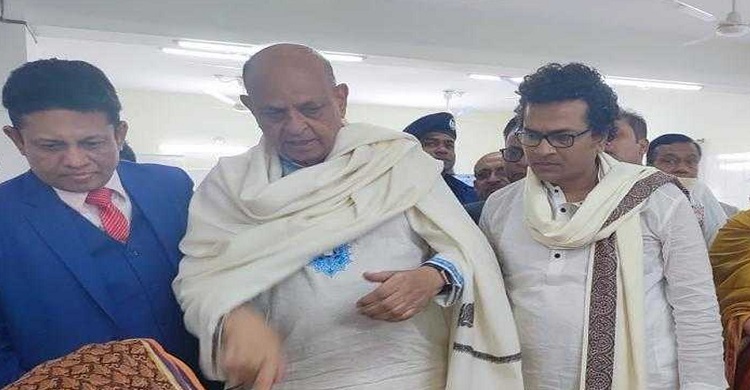
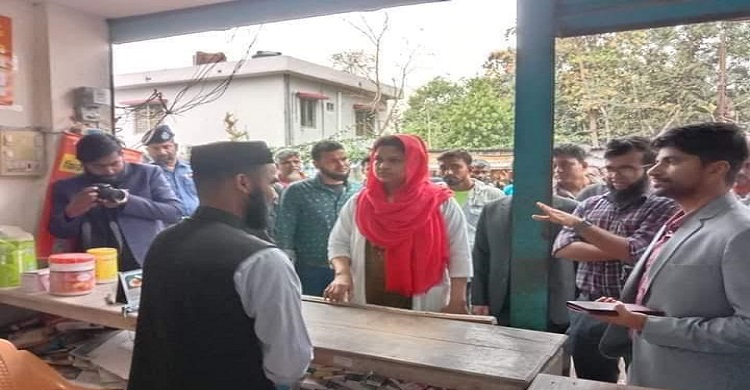

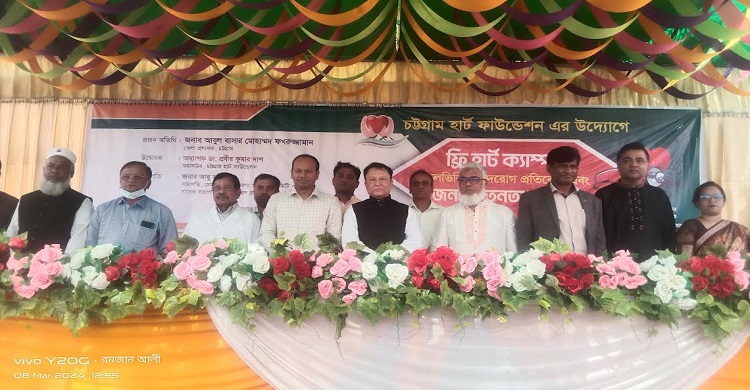









Comment ( 0)